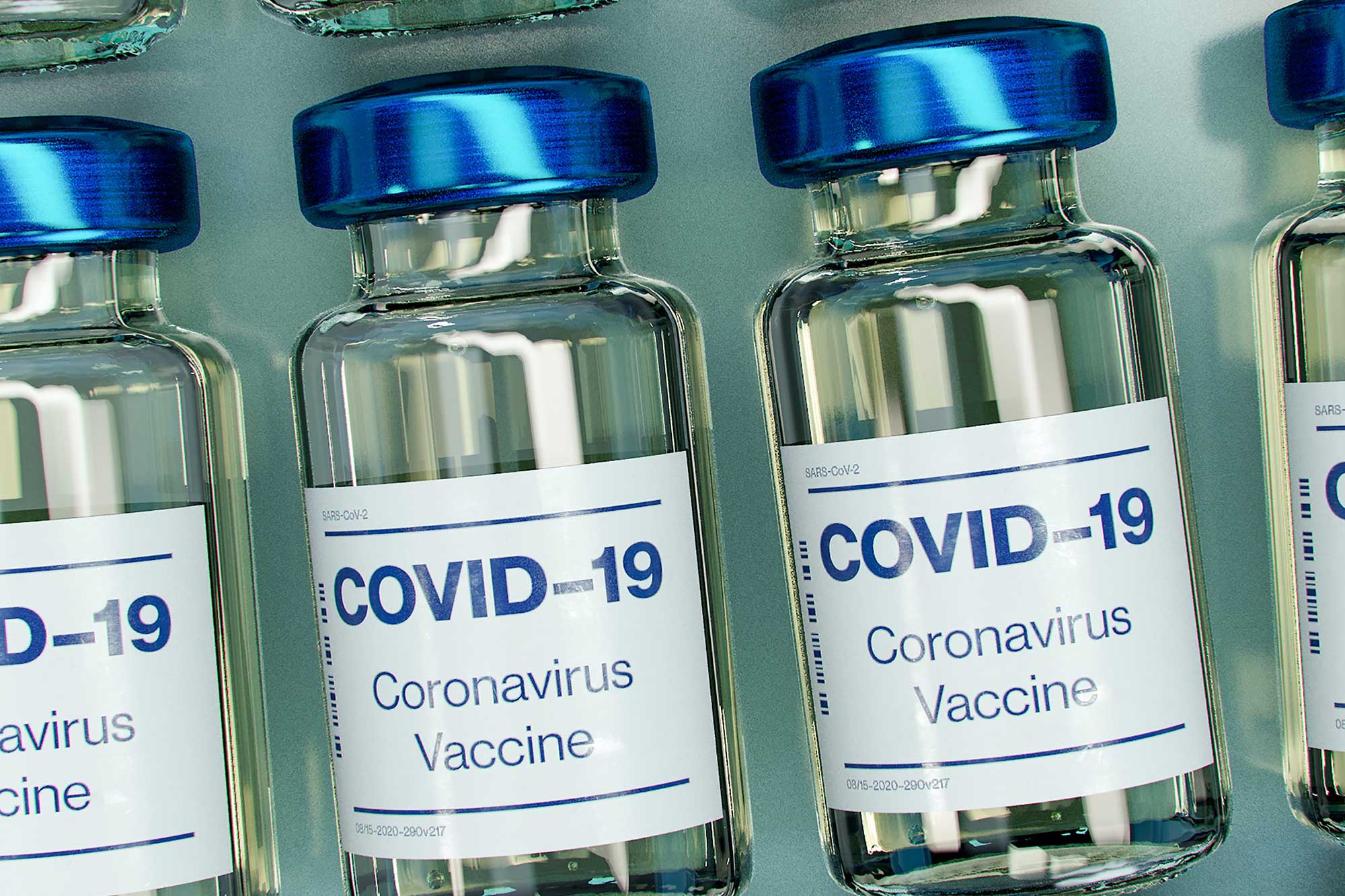Hit Me With Your Best Shot Revisited: The U.S. Supreme Court Issues Opinions On Vaccine Mandates From Osha And The Department Of Health & Human Services
In a previous blog post, we referenced the vaccine mandate for employers announced by the Biden administration and stated that there would be legal challenges. This post acts as a follow up in the wake of the U.S. Supreme Court’s opinions in National Federation of Independent Business (“NFIB”) v. Department of Labor, Occupational Safety and Health Administration (“OSHA”), 595 U.S. ___ (2022), and Biden v. Missouri, 595 U.S. ___ (2022).
In NFIB, the Supreme Court addressed the mandate issued by OSHA for employers with at least 100 employees. Several States, businesses, and nonprofit organizations filed applications with the Supreme Court to stay the mandate, as the Sixth Circuit had lifted a previous stay and permitted the mandate to take effect. NFIB, at *1. The mandate required all covered workers to be vaccinated, and it overruled any contrary state laws. Id. The only exceptions under the mandate were for employees who obtained a weekly test at their own expense and on their own time and wore a mask throughout the workday, employees who worked remotely 100 percent of the time, and for employees who work exclusively outside. Id., at *1, 3. The Court noted that “OSHA has never before imposed such a mandate. Nor has Congress.” Id., at *1.
After reviewing the history of the mandate and the litigation initiated by the Applicants, the Court held that “Applicants are likely to succeed on the merits of their claim that the Secretary (of Labor) lacked authority to impose the mandate.” Id., at *5. The Court determined that the mandate, covering approximately 84 million workers, extended beyond the agency’s authority. Id., at *5-6. The Court further held that “[t]he Act (Occupational Safety and Health Act) empowers the Secretary to set workplace safety standards, not broad public health measurers.” Id., at *6. The Court rejected the Government’s argument that contracting COVID-19 qualified as an occupational hazard in most workplaces. Id. According to the Court, “[t]hat kind of universal risk (of contracting COVID-19) is no different from the day-to-day dangers that all face from crime, air pollution, or any number of communicable diseases.” Id., at *6-7. The Court concluded that permitting OSHA to regulate daily hazards “would significantly expand OSHA’s regulatory authority without clear congressional authorization.” Id., at *7. The Court acknowledged that
OSHA could regulate occupation-specific risks related to COVID-19 (such as researchers who work with the virus). The Court thus criticized OSHA’s “indiscriminate approach” used in the mandate. Id. Given the lack of historical precedent and the authority the Secretary of Labor sought, the Court ruled that the mandate exceeded OSHA’s authority. Id., at *8. The Court thus granted the applications for stays and remanded the cases to the lower courts to continue the legal challenges. Id., at *9. For now, the OSHA mandate is not in effect. Justices Breyer, Kagan, and Sotomayor dissented from the opinion.
In Biden, the Court addressed a mandate issued by the Secretary of Health and Human Services that requires facilities that receive Medicare and Medicaid funding to ensure that their staff are vaccinated against COVID-19 (unless there is a medical or religious exemption). Biden, at *1. Two District Courts prevented enforcement of the mandate, and the Government appealed to the Supreme Court. Id. The Court noted that one function of the Secretary of Health and Human Services “is to ensure that the healthcare providers who care for Medicare and Medicaid patients protect their patients’ health and safety.” Id., at *2. Importantly, one condition that facilities obtaining Medicare and Medicaid funding have long had to meet is to “maintain and enforce an ‘infection prevention and control program designed . . . to help prevent the development and transmission of communicable diseases and infections.” Id. (citation omitted).
Unlike in NFIB, in Biden the Court held that “the Secretary’s rule falls within the authorities that Congress has conferred upon him.” Id., at *4. The Court noted that the mandate worked to protect patients and is “consistent with the fundamental principle of the medical profession: first, do no harm.” Id., at *5. The Court related that the Secretary of Health and Human Services routinely imposed conditions to protect patients and that the relevant facilities have always had to satisfy conditions to ensure the safe provision of healthcare. Id., at *6. The Court concluded that “the Secretary did not exceed his statutory authority in requiring that, in order to remain eligible for Medicare and Medicaid dollars, the facilities covered by the interim rule must ensure that their employees be vaccinated against COVID-19.” Id., at *8. The Court rejected the argument raised by the challengers to the mandate that the rule is arbitrary and capricious. Id. The Court further rejected the other arguments raised by the challengers. Id., at *8-9. The Court thus granted the Government’s applications to stay the lower courts’ rulings, and the case will now go back to the lower courts. Id., at *9-10. Justices Thomas, Alito, Gorsuch, and Barrett dissented.
As challenges to COVID-19 measures make their way through the courts, we will continue to provide important updates to help guide employees and employers. If you have any questions or concerns regarding this topic, or any topic related to labor and employment law, please contact us.
Photo by Daniel Schludi on Unsplash

